Jesus was very clear on His mission, and no person, crisis or circumstance was able to get Him off line. Do you have clarity about what your goals and top priorities are? If not, then your work force is diluted. You will find that your energy is dissipated, flying off in multiple directions—being swallowed up by the “black hole” of confusion and misalignment. The inability to take the organization’s high level priorities and translate them into productive behaviors is a problem. Ram Charan and Steven Covey call this “the execution gap”.
Simply put, what is alignment? Alignment exists when there is agreement on the goals of the organization and the process of allocating resources to achieve those goals. It reflects the ownership of team members. There is commitment, not just consensus. The systems and structures must support the strategic vision. And members must understand how top strategic objectives translate into personal goals.
A study by the Harris Group reveals astonishing statistics why execution breaks down.
Only 15% of those surveyed can identify their organizations most important top priorities or goals. There are various reason for this. They either didn’t have any, or they constantly changed, or there were too many. Where they did exist they were simply under communicated. In many cases the leaders were clear, but the rank and file were unsure. And since the frontline produces the bottom line, the problem is obvious.
Only 19% felt passionate about their organizations goals. Four in five felt no ownership. Since they’ve had no say in the process, the product—or goal—was not embraced. If there’s no connection, then there’s no involvement, which means there is no commitment. The process is as important as the product.
People embrace what they help create.
People spend only 49% of available work hours on their most important goals. Most of the time was spent on the urgent activities and not the important ones. Distraction is a major time waster. Emergencies always steal the limelight if priorities are not absolutely clear.
51% did not know what they should be doing to achieve the organizations goals. They knew the goals but didn’t know how to translate that into productive execution. People need to know, not only the goal, but also where they fit in the plan and how they can execute.
Clarifying your goals and priorities closes the execution gap and results in productive behavior.
To achieve things you’ve never achieved before you need to start doing things you’ve never done before.
That happens when you align your daily activities and behaviors with compelling priorities. There is a power unleashed in your life, both personally and professionally when you have a clear and compelling understanding where you are going.
So how do you know if you have a compelling vision? Rate yourself on the following with a (3) for “yes”, (2) for “sometimes”, and a (1) for “no.”
Everyone on my team shares the same vision.
Our vision excites, inspires, and motivates us.
Our vision helps us understand why our activities are important.
Our vision provides guidelines that help us make daily decisions and identify priorities.
Our vision creates a clear picture of what we intend to accomplish.
How did you do? Now that you know where you are, you can make the appropriate changes.
“The best way to predict the future is to create it.” - Peter Drucker
Closing the gap between priorities and performance will help create the future you want, and we need!





